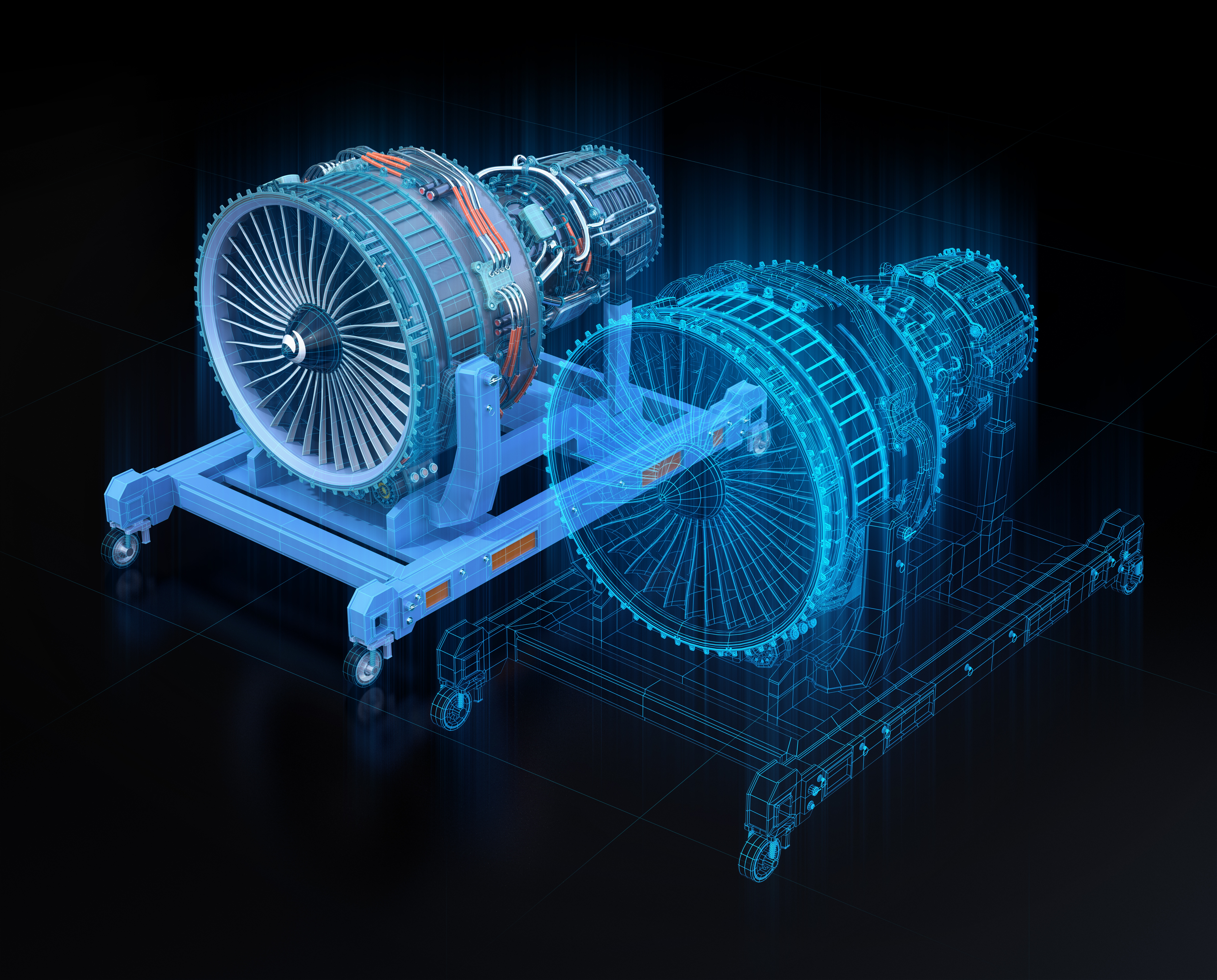The Industrial Internet of Things (IIoT) is transforming the way industries operate by providing unprecedented levels of insight, efficiency, and automation. One of the most exciting transformations is the rise of the ‘Digital Twin’. A digital twin is a virtual model of a physical asset or system. It reflects the asset’s current condition as well as historical data.
Digital twins can be used to evaluate the current condition of an asset and predict future behavior. This helps a business optimize its operations based on real-time monitoring and analysis. Digital twins are used to simulate various scenarios, predict outcomes, and identify issues before they occur. Two technologies driving the growth of digital twins are sensors and Radio Frequency Identification (RFID). RFID has been used for decades in asset tracking and supply chain and inventory management. With the advent of Industrial IoT which requires connected assets, its applications have become even more widespread.
One way that RFID and sensors provide digital twin models with data is through real-time inputs about the location, condition, and status of objects. RFID tags or beacons when attached to everything from retail goods, tools, equipment, and vehicles, allow for identification and tracking of objects throughout their lifecycle. Data is collected and analyzed instantly, enabling businesses to optimize their operations and improve efficiency.
RFID in warehouse management is used to track inventory levels and enable rapid ‘picking and shipping’. In transportation and logistics, RFID is used to track the movement of goods, optimize routes, and reduce delivery times. RFID in asset management is used to track the location and usage of equipment, helping companies schedule maintenance efficiently and reduce downtime. RFID and sensors can be integrated with digital twin models to provide even more comprehensive data. This combination enables companies to create highly accurate and detailed virtual models of their key systems.
Three types of Digital Twins
Digital twins are commonly used for various purposes:
- Predictive maintenance – Models predict the remaining useful life of equipment, informing management of the optimal time to service or replace it.
- Operations Optimization – Digital twin models run “what-if” simulations to identify adjustments needed to operations, based on variables such as useful life, calibration schedules, and energy costs.
- Anomaly detection – Models flag operational behavior that deviates from expected behavior. A utility company may stream sensor data from its power plants. The digital twin model will spot exceptions to help avoid power outages before they happen.

Models are generally of two types: data-driven, e.g., machine learning models, or physics-based, e.g., mechanical models. All depend on data streams from connected assets as key inputs.
In predictive maintenance, a digital twin is a representation of operating equipment or systems. It includes information on the equipment’s condition and relevant industry and historical data. A digital twin can be a model of a component or system – such as engines, pumps, or manufacturing lines. The model contains the operating asset’s current age and configuration, service history, and environment. These models typically involve direct streaming of data from connected assets to algorithms to forecast future service needs.
A digital twin in operations can be used to optimize the layout of a warehouse. This includes the positioning of storage racks, inventory, and equipment. It can simulate the movement of goods within a warehouse, identifying bottlenecks or inefficiencies. This aids businesses in optimizing their workflows. A digital twin can track the location of goods and inventory, enabling warehouse managers to quickly locate and retrieve items as needed. Some warehouse management systems are integrated with robotics and Virtual Reality (VR), so that inventory picking, and shipments are automated. Overall, digital twins help warehouse managers make informed decisions, increase efficiency, and reduce cost.
In anomaly detection models, once an unusual condition is spotted, it will trigger a set of simulations to isolate what is at fault. This helps identify the root cause of an operational issue so that management can take the appropriate action.
Coupled with digital twin models, RFID and IoT sensors can have a significant impact on business operations. These technologies allow firms to increase intelligence about their operational systems. Businesses can then evaluate future performance, optimize, and improve efficiency.
With the continued growth of Industrial IoT and digital twins, RFID and sensors are likely to become even more widespread. This will provide more insights and opportunities for companies to transform their operations and plan for the future.
Contact us at info@rfidgs.com if you’re considering implementing digital twins in your operations and would like to explore the use of RFID.